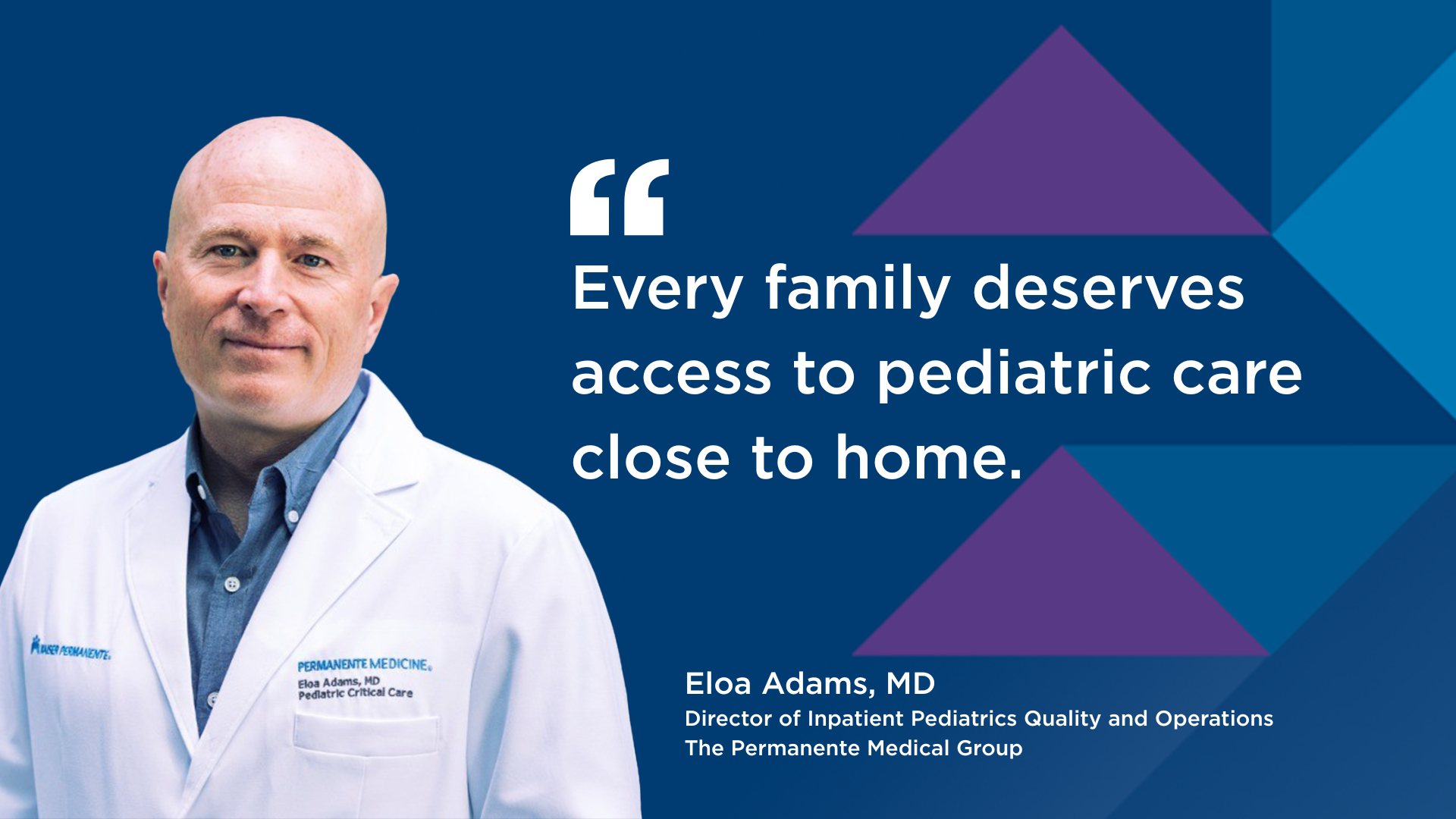Permanente Medical Groups led the U.S. in 2025 HEDIS rankings for preventive care, specialty care, chronic care, and behavioral health care.

New Kaiser Permanente cancer pathways help physicians gain information they need to better communicate with patients about prostate cancer treatment.
Guidance to help standardize prostate cancer treatment
Specialists develop customized pathways for optimal cancer care at Kaiser Permanente
By Benjamin Seto
The Permanente Federation
When physicians develop a treatment plan for patients with prostate cancer, they may have to refer to comprehensive national guidelines from a multitude of organizations and review volumes of information and papers. Physician leaders with Kaiser Permanente’s National Genitourinary (GU) Oncology Program have developed internal guidance with the hopes of providing Permanente physicians with up-to-date standards that are easier to access and customized to reflect resources within the organization.
“That’s one of the reasons why we started developing more Kaiser Permanente-specific guidelines that do not deviate from the national guidelines, but essentially make them simpler, shorter, and more practical for our practice pattern,” says Helen Moon, MD. Dr. Moon is assistant director for cancer clinical research and medical oncology lead for GU Oncology at Southern California Permanente Medical Group, and one of 3 co-leads of the national genitourinary oncology program.
Brian Winters, MD, service line medical director of Urology at Washington Permanente Medical Group, also worked on developing the guidelines. He says that by creating Kaiser Permanente pathways that are more manageable and user-friendly, “the hope is this is referenced more often than having to log into various guidelines-based websites, which may not happen routinely.”
Related story: “Surviving, and thriving, after cancer”
One of several pathways for cancer treatment
The internal Kaiser Permanente pathways for prostate cancer treatment referenced widely accepted guidelines from organizations such as the National Comprehensive Cancer Network, American Society of Clinical Oncology, American Urological Association, and American Society for Radiation Oncology. The pathways, which are in the process of receiving final approvals, reflect best practices of Permanente specialists and can serve to standardize care across the organization.
“At Kaiser Permanente, we are passionate about making sure expert cancer care is available to all our members,” says Tatjana Kolevska, MD, medical director of Kaiser Permanente’s National Cancer Excellence Program. “Our pathways for prostate cancer treatment are part of our efforts to provide unbiased, evidence-based guidance to all our clinical teams.”
“There has been a long history of cross regional collaboration for treatment pathways, case reviews, and research opportunities for GU cancer,” says Dr. Moon. “We were honored to be asked to lead the charge in this important endeavor.”
The prostate cancer pathway is one of several that Permanente physicians are developing for various cancers as part of Kaiser Permanente’s national cancer program.
Our pathways for prostate cancer treatment are part of our efforts to provide unbiased, evidence-based guidance to all our clinical teams.
— Tatjana Kolevska, MD, medical director, National Cancer Excellence Program
Joseph Presti, MD, surgical lead for Urologic Oncology at The Permanente Medical Group, says the goal of the prostate cancer pathways is to “identify how well-proven and established therapies or diagnostics can be integrated in the care of our members.” Dr. Presti originally worked with co-lead Andrea Harzstark, MD, medical oncologist at TPMG, to create Northern California pathways in 2018 that served as the starting point for the new national guidelines.
“When you think about guidelines, it doesn’t necessarily sound new and exciting,” says Dr. Harzstark. “But providing all of our urologists, radiation oncologists, and medical oncologists at Kaiser Permanente with up-to-date and cutting-edge recommendations that are more specific and practical than society guidelines probably has as big an impact on care as anything else we do.”
Related story: “Urologic oncologist discusses advances in cancer surgery”
Dr. Presti says many external guidelines would include various potential treatment options but without clear guidance as to what is practical for the patient and real-world resources and limitations that exist. The Permanente team organized suggestions to highlight options that are readily available within Kaiser Permanente, and also expanded the guidance to include more community-specific resources to address all aspect of the care journey for a patient with prostate cancer.
“We really want our recommendations to our members to be firmly evidence-based,” Dr. Presti says.
Dr. Moon says many industry guidelines are developed by physicians practicing in urban academic centers reviewing research and studies. The Kaiser Permanente guidance considered actual practices from physicians regularly facing questions about prostate cancer treatment in urban, suburban, and rural settings. “I think it’s actually a very community-patient-oriented and practical way to look at the road map for prostate cancer treatment,” she says.
Guidance connecting multiple disciplines
Dr. Winters says “prostate cancer is a rapidly changing field. I think it is important to have a quick reference, readily available for urologists, to examine up-to-date guidelines to guide treatment.” Physicians in the field subspecialize in specific conditions, and not every physician might regularly treat prostate cancer. The Kaiser Permanente guidance reflects a multidisciplinary approach, incorporating urology, oncology, radiation, research, genetics, and social support aspect of care.
More importantly, Dr. Winters says, “this pathway is designed with the Kaiser Permanente model in mind and provides flexibility for patient and physician shared decision-making.”
Physicians can refer to the pathways for evidence-based information that helps them educate and inform patients. For example, Dr. Presti says, when a patient asks about next steps in treatment, which often may mean a referral to radiation or oncology, the physician “can go to the guidelines and answer many of their questions. And when they go to the radiation oncologist and talk about it, it can be a much more valuable experience because now they have some background information.”
Dr. Presti says the guidelines provide information to physicians “so they can communicate with their patients better.” Ultimately, the goal is to provide patients with “outstanding, consistent, and optimized care” he says.


